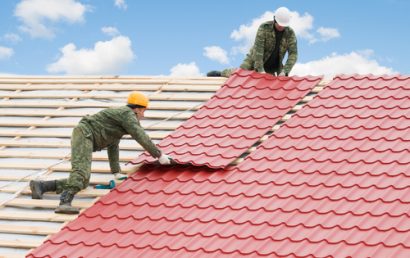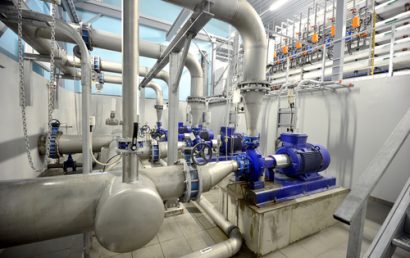Corrosion Types You Can Prevent With Thermal Spray Coatings
Applying a powder coating to a metal surface can improve its appearance as well as its lifespan and functionality. Thermal spray coatings prevent and slow corrosion that can happen to most untreated commercial fabrication and construction metals. Read on to learn more about corrosion and how you can keep your products from rusting or breaking.
What Is Corrosion?
Corrosion is defined as electrochemical or chemical phenomena which destroy metal and can cause structural failure as well as affect the aesthetic appeal. Technically, corrosion is based on cathode and anode reactions in an electrolyte. In simpler terms, corrosion is a natural process in which untreated metal is gradually changed or converted by a chemical reaction into rust.
Preventing Corrosion
For corrosion to happen, there needs to be a cathode, an anode, and an electrolyte connected by an external current circuit, also known as the “Corrosion Triangle”. In order to prevent corrosion, the triangle must be broken by eliminating one of its “legs”.
The most common technique used to reduce corrosion is to eliminate the electrolyte, either by placing a barrier between the electrolyte and the metal or by putting the metal in a very dry climate with humidity below 60%. Scientists can also achieve this by coating the metal with another metal which places a physical barrier between the electrodes and electrolyte or protects it by dissolving in preference to it.
Types Of Corrosion
Believe it or not, there are eleven different types of corrosion. They are:
- General or Uniform – this occurs on the surface due to differences in amounts of cold work, chemical composition, phase differences, etc.
- Pitting – the surface is attacked in small areas leaving pits of rust.
- Fatigue – repeated cycling stresses in a corrosive environment.
- Stress Cracking – specific to a particular metal, failure is due to the influence of a corrosive environment and static tensile stresses.
- Filiform – looks like a network of trails beneath an organic coating.
- Intergranular – occurs in the grain boundaries due to the difference in potential between cathodic grains and anodic grain boundaries.
- Crevice – happens where there is a difference in oxygen or ion concentration between the metal and surroundings. A V-shaped crevice will corrode rapidly.
- Galvanic or Bi-metallic – takes place between two different metals joined with an electrolyte.
- Selective Leaching or Demetalification – the removal of one of the elements in an alloy by the electrolyte resulting in “spongy” metal.
- Erosion – fluids moving against the surface will remove metal causing corrosion.
- Fretting – this happens when parts rub together and remove the coating, leaving exposed metal.
How To Stop Corrosion
Once corrosion begins, there are several ways in which to stop it. The fastest way is to change the environment where the metal is located – move it to a dryer, less salty area. If the metal is rusting due to design flaws (parts rubbing, etc.) consider making changes. But the best way to stop corrosion is to coat the metal with paint or powder coatings; inorganic or conversion coatings such as zinc rich paints, phosphates or chromates; or metallic coatings such as mechanically applied zinc or nickel.
Final Thoughts
If metal is not properly treated, corrosion will always be an issue. Metal will rust and corrode, potentially becoming not just an eyesore but, depending on the structure, a potential danger. Coating specialists – whether metallic, inorganic, or organic – can help solve the problem. If you would like to learn more about how to stop corrosion with coatings and how it might solve some of your business problems, please contact A&A Coatings today.



